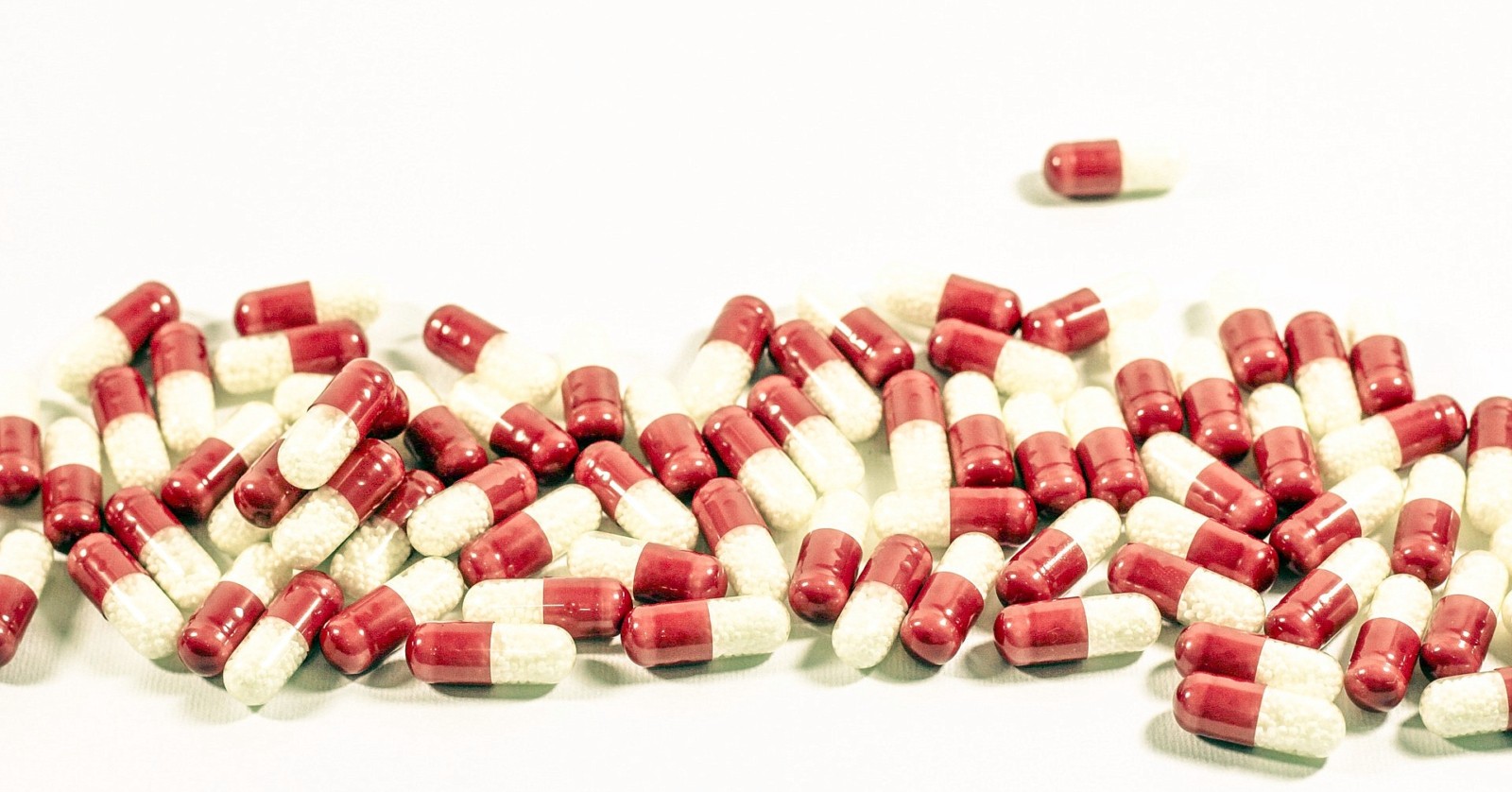
Let us first clarify what is meant by the term “placebo”. Here we would like to limit ourselves to placebos as drugs (yes, there are a lot of placebos that have nothing to do with drugs). Let us stick to the drugs: Then a placebo is a drug that is actually not a drug at all. It does not contain any medicinal substance. It looks and feels like an effective drug (or what you think it is) – but it doesn’t contain any active ingredients.
Nevertheless, such placebo drugs can cause something in the patient: the “placebo effect”. Not only does one feel better, but physical changes can also occur that can actually be detected. However, these are not caused by medicinal agents. Rather, they are caused by the fact that patients think they are receiving an effective drug and they have repeatedly experienced that treatment improves their symptoms. This is a complicated connection with psycho-physical effects, which has been well researched, but by no means completely, but which can be described quite simply for our consideration:
-
- If a patient is convinced that a treatment will help him, he loses, at least for a while, his fears and worries. He can relax much better, and his self-healing powers can become more effective. This is the actual placebo effect.
But now we have to bear in mind that it is not only the pharmacological effect of a drug and this placebo effect that make the patient feel better after a certain time. There are other things that make this possible to a considerable extent – this “bundle” of causes is referred to as “context effects” (including the placebo effect), i.e. the sum of effects that are not triggered by a specifically effective medical intervention:
-
- The natural course of the disease: In this case, the complaints go back by themselves, without any need to do anything about it. Let us think, for example, of mild colds, sprains, harmless superficial injuries, bruises in children, etc. These are all trifles that the body overcomes by itself – and not just these.
- The regression to the middle: This is the effect that extreme situations in nature are rarely maintained for long. In terms of disease, this means that either the symptoms become worse and worse and possibly even tragic – or they go back to mediocrity. If you only start treatment when the situation is already difficult to bear (which is very often the case), you often have most of it behind you. The situation for the patient would also improve now without further external intervention.
- Accompanying therapies or measures: When we humans feel ill, the time has often come for us to listen to good advice. That we, for example, pay attention to a healthy diet, take walks, replace alcohol and coffee with water and avoid cigarettes, move more or even spare ourselves if we have put up with too much. These seem to be trivialities – but they can achieve a lot.
Perhaps we also had accompanying therapies that do their work, such as physiotherapy, massages and the like. But also the improvement of the personal life situation or psychological help by a qualified therapist fall into this category. - Indirect effects: Perhaps we had also chosen a therapy that was not sensible and possibly even had side effects. By starting the new therapy, a previous one may be terminated, and the healing is a consequence of the now no longer occurring side effects of the old therapy, which did us no good. Or the patient is removed from the disease-causing influences, for example, he no longer goes to work because of his complaints or is no longer exposed to other disease-causing conditions due to a change of location. There are many possibilities here.
- Getting used: The patient gets used to the situation, learns to deal with it and then does not feel his condition as unpleasant as it initially seemed to him.
- Unknown causes: Ultimately, the healing can also come from things or circumstances that are not associated with it, either because they are overlooked or because the influence on the condition is not known and nobody pays attention to these things.
This should suffice here as an overview, which could certainly be supplemented further. All these effects can occur with any therapy – but they do not belong to the specific effect of the drug, because they are independent of what the patient is taking. This also applies to placebo.
Learn more:
https://en.wikipedia.org/wiki/Placebo
http://placeboforschung.de/de/mechanisms underlying placebo effects
On this website about Nocebo: Nocebo – What’s that again?


2 Replies to “What is the Placebo effect and what are Context effects?”
Comments are closed.